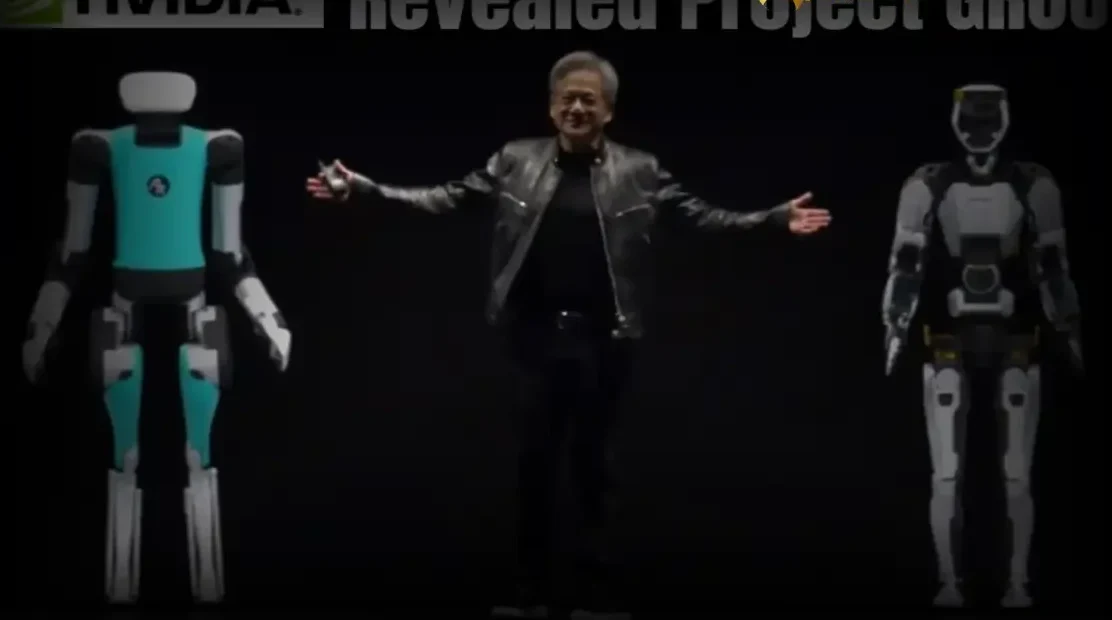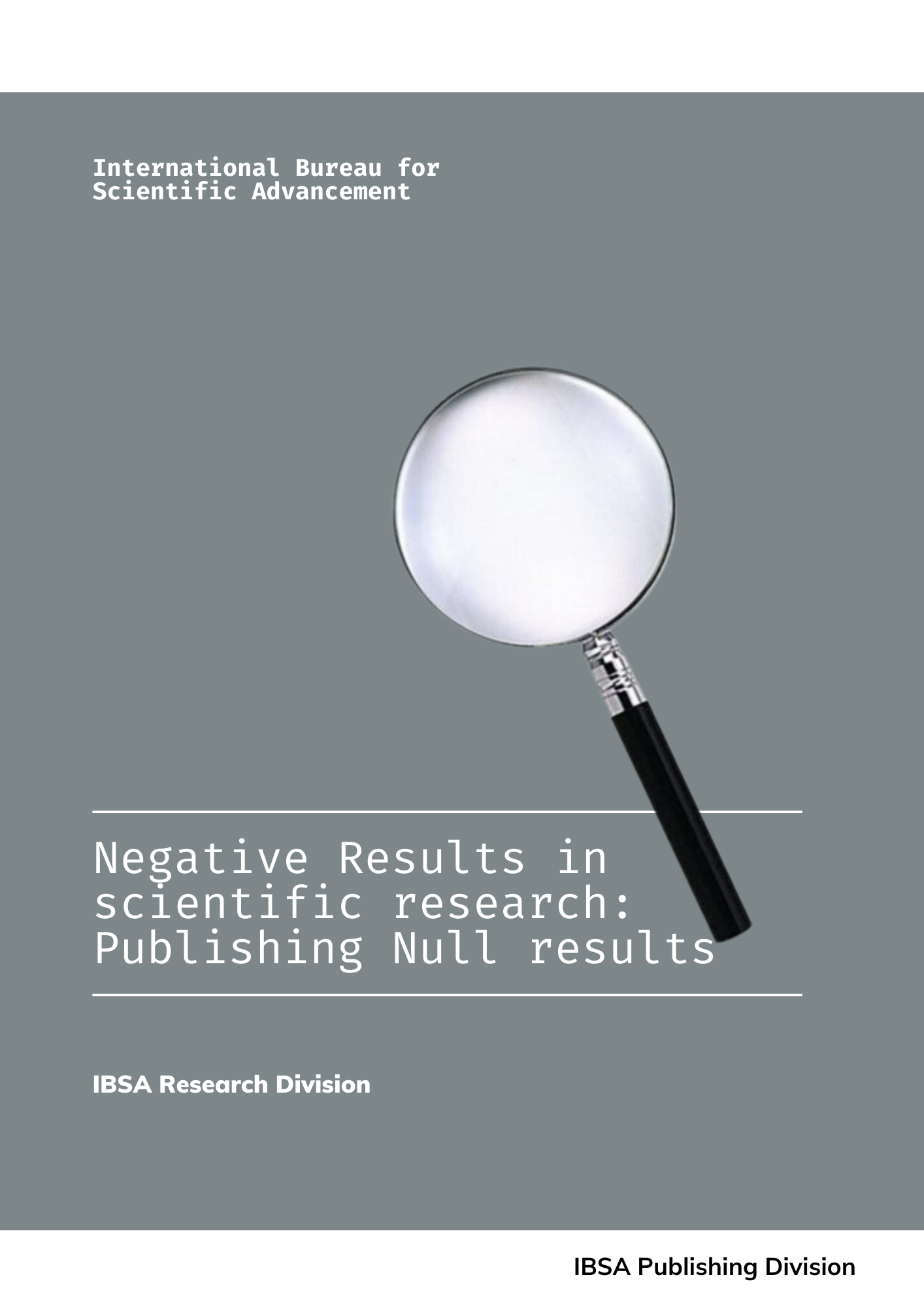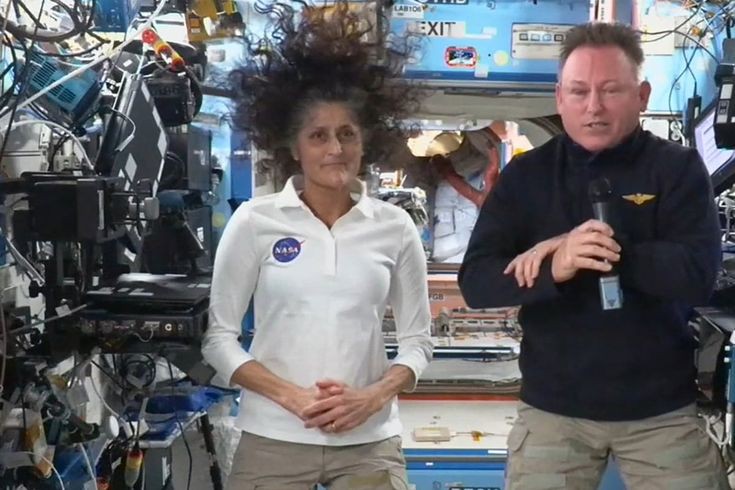
Matter and Energy in the Universe: The Cosmic Dance That Shapes Everything
Have you ever looked up at the night sky and wondered, What exactly makes up the universe? Everything we see—from twinkling stars to distant galaxies and even ourselves—is made of something fundamental: matter and energy. These two forces are the building blocks of everything around us, yet their mysteries remain far from fully understood.
In this blog, we’ll dive deep into what matter and energy are, how they shape the universe, and why they’re so important to our existence. Whether you’re a space enthusiast or just someone curious about the cosmos, let’s explore the grand cosmic story together!
What Is Matter?

Matter is anything that has mass and takes up space. It’s what we touch, see, and interact with daily—from the air we breathe to the stars lighting up the night sky. But matter isn’t just one thing; it exists in different forms:
Solids – Things with a definite shape, like rocks and ice.
Liquids – Substances that flow, like water and lava.
Gases – Air, clouds, and the Sun’s atmosphere.
Plasma – Superheated matter found in stars and lightning.
However, what’s even more mind-blowing is that most of the matter in the universe is invisible! Scientists call this dark matter—a mysterious, unseen substance that makes up about 27% of the universe. Though we can’t see it, its gravitational pull is powerful enough to hold galaxies together. What exactly dark matter is made of is still one of the biggest unanswered questions in physics.
What is energy?

Unlike matter, energy is not something we can see or touch, but it’s everywhere. It’s what makes things move, heat up, and function. Energy comes in various forms:
Kinetic Energy – The energy of movement (like planets orbiting the Sun).
Potential Energy – Stored energy (like a stretched rubber band).
Thermal Energy – Heat energy (like the warmth from the Sun).
Radiant Energy – Light energy (like a flashlight beam).
Nuclear Energy – The energy locked inside atoms (like what powers the Sun).
Now, here’s where things get even crazier. Scientists have discovered an unknown force called dark energy, which makes up about 68% of the universe. Unlike dark matter, dark energy doesn’t just hold things together—it actually pushes galaxies apart, making the universe expand faster and faster over time.
The Connection Between Matter and Energy
One of the most groundbreaking discoveries in physics came from Albert Einstein’s equation: E = mc². This simple yet powerful equation revealed something incredible—matter and energy are two sides of the same coin.
It means that matter can be turned into energy and vice versa. This is exactly how nuclear power plants work, how the Sun produces light, and even how atomic bombs unleash massive energy from a tiny amount of material.
But this process isn’t just limited to Earth—it’s happening throughout the universe, constantly shaping everything we see.
Examples of Matter Turning into Energy in Space:
1. Stars Shine by Turning Matter into Energy

Stars like our Sun burn by converting hydrogen atoms into helium in a process called nuclear fusion. This releases an enormous amount of energy, which we experience as sunlight.
2. Supernovae: The Explosive Death of Stars

When massive stars run out of fuel, they explode in a supernova, releasing energy so powerful that it can briefly outshine entire galaxies!
3. Black Holes: The Ultimate Energy Monsters

How Matter and Energy Shaped the Universe
The Big Bang – The Beginning of Everything

The universe wasn’t always the way we see it today. It started 13.8 billion years ago with an event known as the Big Bang—an unimaginably hot explosion of pure energy.
As the universe expanded and cooled, this energy transformed into matter, forming the first atoms—mostly hydrogen and helium. Over millions of years, gravity pulled these atoms together, creating the first stars and galaxies.
Stars: The Universe’s Factories

Stars aren’t just bright lights in the sky; they’re the factories of the universe. Inside them, nuclear fusion creates heavier elements like carbon, oxygen, and iron—the same elements that make up planets, oceans, and even our own bodies.
So in a way, you are made of stardust!
Galaxies, Planets, and Life

As stars died and exploded, they scattered these elements across space. Over billions of years, new stars formed, planets took shape, and eventually, life emerged—all thanks to the continuous cycle of matter and energy.
Why Matter and Energy Matter to Us
You might be wondering, What does all this cosmic stuff have to do with me? Well, everything! Matter and energy aren’t just part of space—they shape our daily lives.
1. Electricity & Power

We use energy every day—from the electricity that powers our homes to the fuel that runs our cars.
2. The Food We Eat

Our bodies turn food (matter) into energy, which allows us to move, think, and survive.
3. Technology & Transportation

Planes fly, rockets launch, and cars drive—all thanks to the conversion of energy.
4. Space Exploration

Understanding how matter and energy work is essential for space travel, helping us explore new planets and one day, perhaps, reach distant stars.
The Future of the Universe: What’s Next?
Even though we’ve made incredible discoveries, there’s still so much we don’t know about matter and energy. Scientists are trying to answer some of the biggest questions:
Will the universe expand forever?
If dark energy keeps pushing galaxies apart, the universe may expand endlessly.
Will everything collapse back into a single point?
If gravity takes over, the universe might shrink back in a “Big Crunch.”
Are there other unknown forms of matter and energy?
Some theories suggest there might be even more exotic forms of matter and energy out there, waiting to be discovered.
Final Thoughts: Our Cosmic Connection
Matter and energy are the ultimate storytellers of the universe. Everything we see, touch, and experience is part of this grand cosmic dance. From the first atoms born after the Big Bang to the elements inside your body, you are connected to the universe in a deep and profound way.
As we continue to explore space and unravel its mysteries, one thing is certain: the more we learn, the more we realize how little we know.
But isn’t that the beauty of it all?
We are part of the universe, and the universe is part of us.
So the next time you look up at the stars, remember—you’re looking at the very energy and matter that make up everything, including yourself.
Want to Learn More?
If you love exploring the universe’s mysteries, keep asking questions, keep learning, and never stop being curious. The cosmos has a lot more stories to tell!



